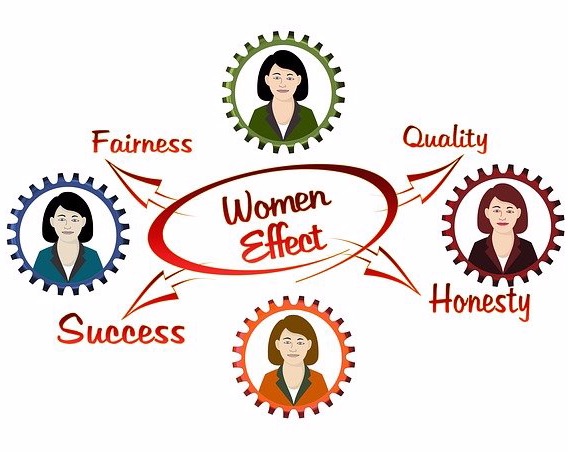
More than ever, corporations are in need of dynamic, prepared leaders. Due to technology, an increasingly global business environment, and other changing social and political factors, the speed of business is moving faster and is as competitive as it has ever been. For businesses to survive and thrive, they must have effective leadership steering the organization.

But what is good leadership, and how do you recognize it in others?
Leading social scientist Tomas Chamorro Premuzic explains that often, organizations don’t answer the question correctly. His research suggests that people look for confidence when selecting leaders, even disregarding competence in the process.
Hiring managers might call it “charisma” or “charm,” and consider a self-assured attitude a sign that a person has strong leadership potential. Therefore, leaders are often hired based on their ability to “sell” themselves instead of their skills or competence.
Unfortunately, when organizations confuse confidence with leadership competence, there are severe consequences. For one, companies end up with sub-par leadership. Second, as Premuzic outlines in his TEDx talk titled Why Do So Many Incompetent Men Become Leaders? there is likely to be more men than women in leadership positions.
Prezumic argues that the main obstacle preventing competent women from becoming leaders is the lack of career obstacles for incompetent men. He essentially rejects the “glass ceiling” metaphor, in which women are able to rise to a particular level but are stopped from reaching top executive status by an invisible “ceiling.”
Instead, Premuzic might say that the problem with women reaching top positions is that they don’t have access to the “glass escalator” that seems to invisibly shuttle men to the C-suite regardless of their competency. (It’s important to note that the concept of the “glass escalator” tends to benefit white men, while men of other races, particularly black men, don’t seem to benefit as much or at all from the effect).
Women Have What It Takes To Be Good Leaders
Despite having less representation in leadership than men, women tend to outperform men across a number of measures related to leadership. Women tend to have greater emotional intelligence and humility when compared with men, both of which are related to better leadership outcomes. 
In addition, the “dark triad” of personality traits (narcissism, psychopathy, and Machiavellianism) are related to poor leadership outcomes and other negative outcomes for the organization that researchers call “counterproductive work behaviors.”
And yet, people in leadership positions are more likely to have one or more of the personality characteristics in the dark triad. For example, 3.5% of executives are estimated to demonstrate psychopathy, compared to only 1% of the general population.
Additionally, men are more likely to display dark triad personality traits than women. Organizations tend to be hoodwinked by the narcissist’s charisma, the risk-taking of the psychopath, and the results-at-all-costs attitude of the Machiavellian leader.
To get better leadership, organizations should focus more on the behaviors that lead to leadership competence (openness to feedback, taking initiative, resilience, etc.).
Premuzic’s message is clear: if organizations raise the level of competency in their leadership teams, they will also raise the number of women in leadership positions as a byproduct.
Getting More Women In Leadership Positions
Although many companies see the value that women bring to leadership positions, they may not be sure exactly how to get women to ascend the career ladder. Or, they see talented women consistently exiting the organization.
Or, they have tried diversity and inclusion initiatives in the past, and still see the level of women in top leadership positions to stagnate.
Taking Premuzic’s research into account, instead of focusing on how women ascend to leadership positions, it would make sense to look at how men get into executive roles. What factors are present that help men get into the top leadership positions?
While there are obviously several factors at play, one major factor is colloquially described as the “old boys’ network.” This phrase was first coined to describe the phenomenon of wealthy and powerful men of a shared background using their informal network to gain insider information, promotions, or other rewards.
The old boys’ network is still alive and well, as recent studies show that men in power tend to mentor other men, but don’t tend to mentor women, sometimes citing the fear of being accused of sexual harassment.
As a result, men receive the bulk of informal mentoring, and women miss out on the sponsorship, feedback, and other key career information.
To improve the quality of leadership, it’s important to get more women in leadership positions, and that’s unlikely to happen without mentoring.
Companies that are serious about improving their leadership should ensure that mentoring—whether informally or through a mentoring program—is provided to women at all levels in the organization.